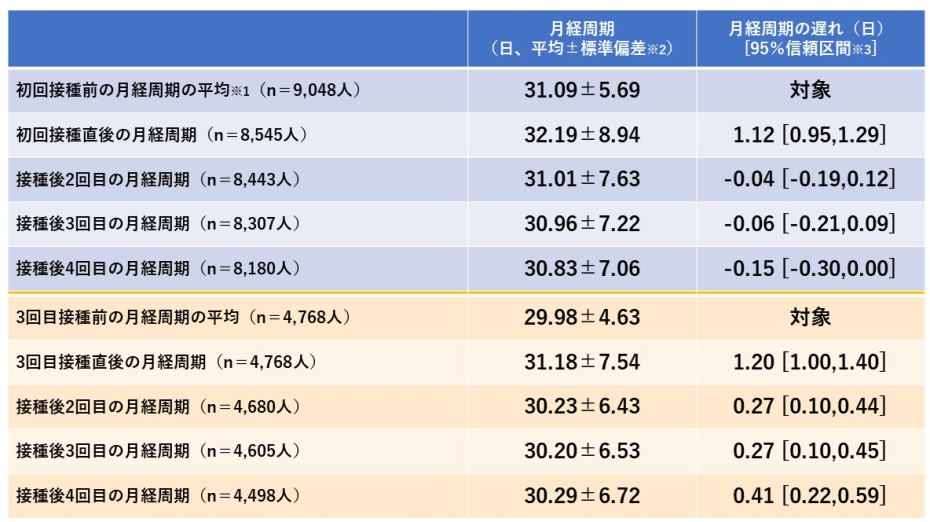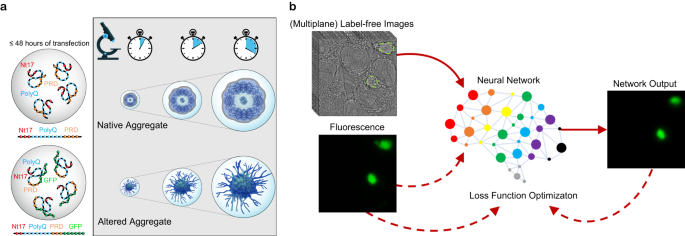2023-12-12 オランダ・デルフト工科大学(TUDelft)
◆これにより、柔らかい-硬いインターフェースの機械的性能を向上させる設計ガイドラインも提供され、一度に製品全体を作成できるようになりました。この技術は医療機器、ソフトロボティクス、柔軟デバイスなど、さまざまな応用に適しています。将来的には、生体組織との接続を容易にするために、生体由来の細胞を用いたインターフェースの製造も検討されています。
<関連情報>
- https://www.tudelft.nl/en/2023/tu-delft/optimisation-of-hard-soft-material-interfaces-a-3d-printed-imitation-of-bone-tendon-connections
- https://www.nature.com/articles/s41467-023-43422-9
生体材料3Dプリンターによるソフト-ハード界面のバイオインスパイアされた合理的デザイン Bioinspired rational design of bi-material 3D printed soft-hard interfaces
M. C. Saldívar,E. Tay,A. Isaakidou,V. Moosabeiki,L. E. Fratila-Apachitei,E. L. Doubrovski,M. J. Mirzaali & A. A. Zadpoor
Nature Communications Published:12 December 2023
DOI:https://doi.org/10.1038/s41467-023-43422-9

Abstract
Durable interfacing of hard and soft materials is a major design challenge caused by the ensuing stress concentrations. In nature, soft-hard interfaces exhibit remarkable mechanical performance, with failures rarely happening at the interface. Here, we mimic the strategies observed in nature to design efficient soft-hard interfaces. We base our geometrical designs on triply periodic minimal surfaces (i.e., Octo, Diamond, and Gyroid), collagen-like triple helices, and randomly distributed particles. A combination of computational simulations and experimental techniques, including uniaxial tensile and quad-lap shear tests, are used to characterize the mechanical performance of the interfaces. Our analyses suggest that smooth interdigitated connections, compliant gradient transitions, and either decreasing or constraining strain concentrations lead to simultaneously strong and tough interfaces. We generate additional interfaces where the abovementioned toughening mechanisms work synergistically to create soft-hard interfaces with strengths approaching the upper achievable limit and enhancing toughness values by 50%, as compared to the control group.


